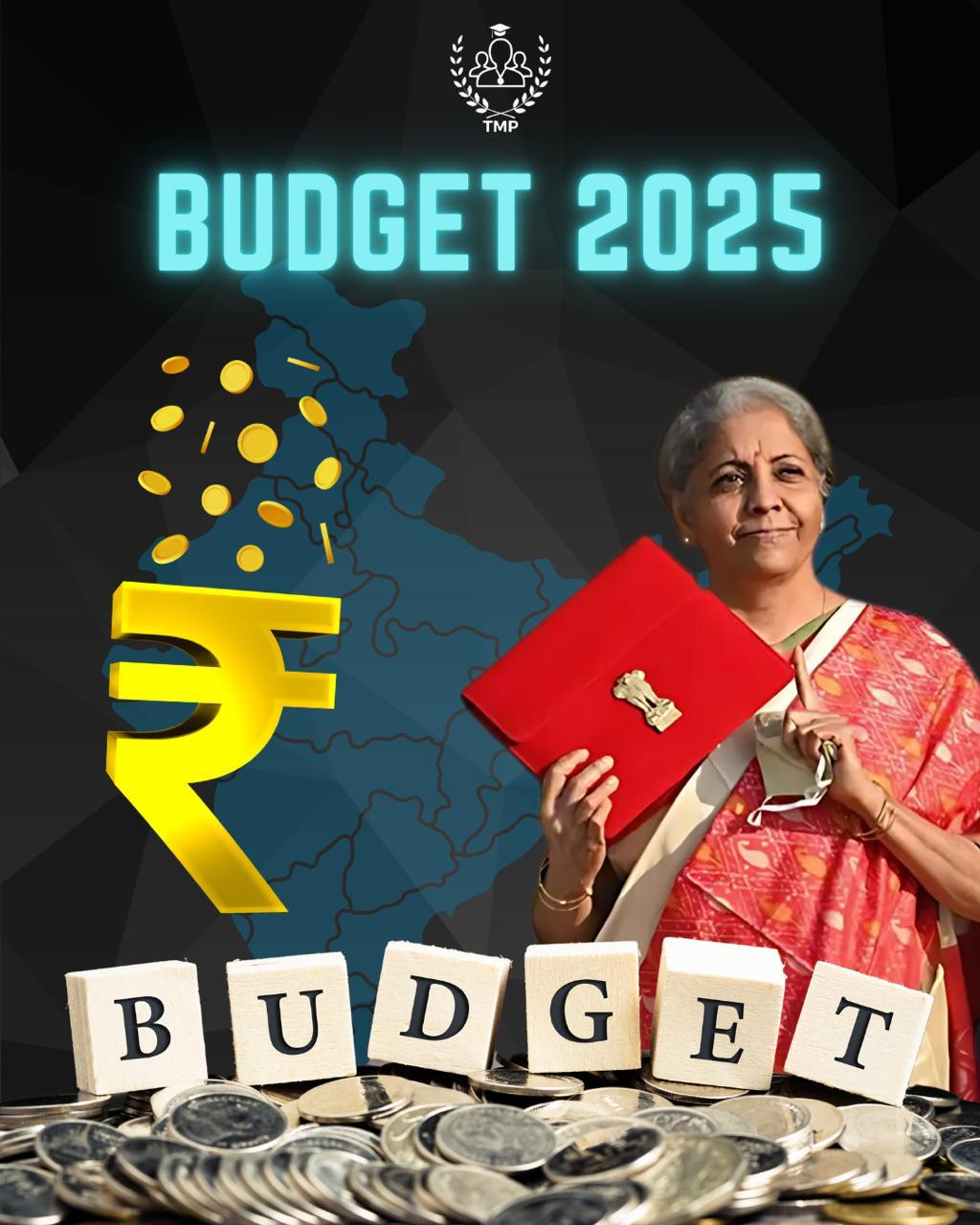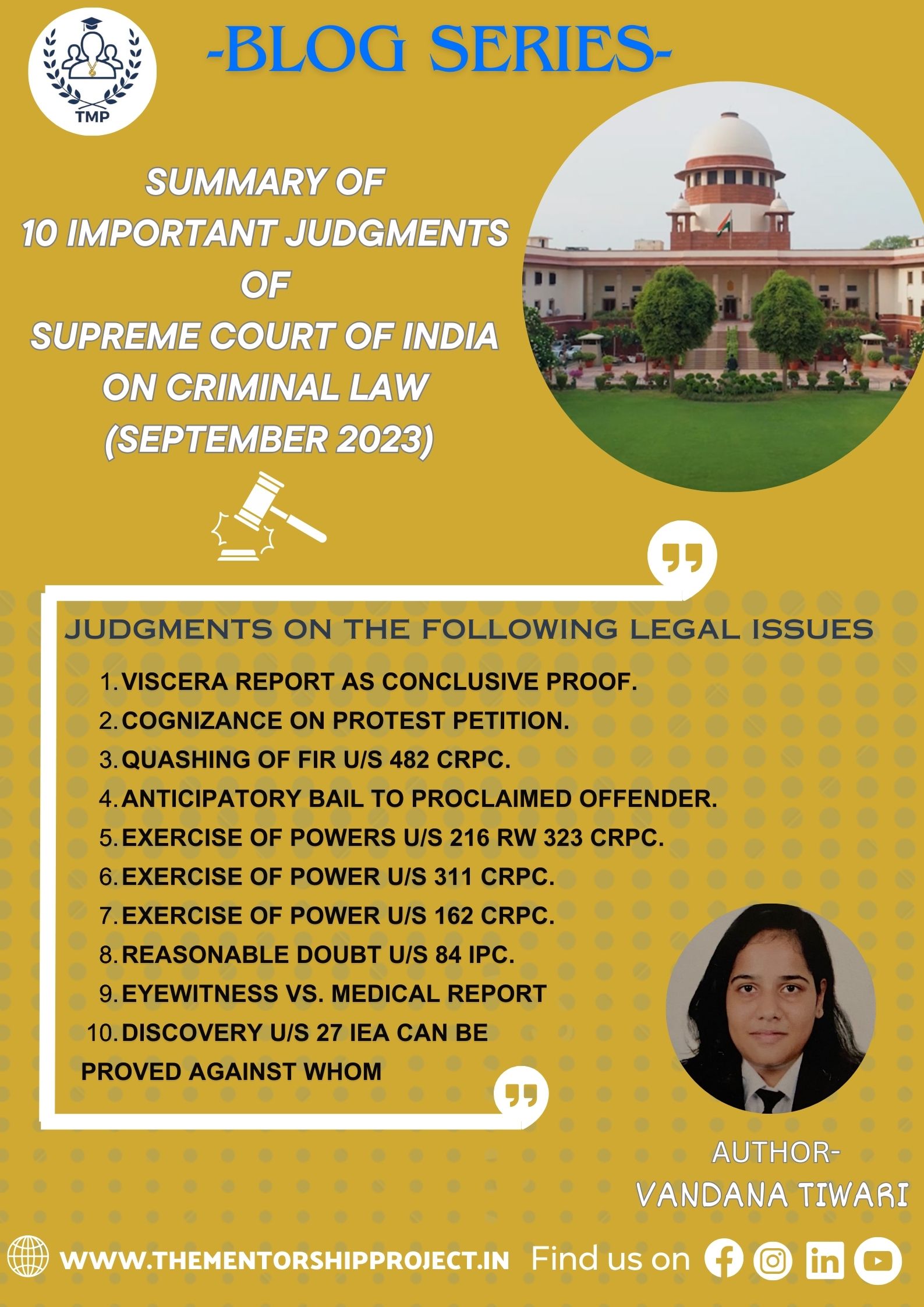March 11 , 2025
India’s 2025 Union Budget: A Transformative Leap for Healthcare, Pharma, and Medical Tourism
Introduction
On 1st of February the Union Budget (“Budget”) 2025 for India was announced to the public. It set forth to create a massive boon to the industries of life sciences and healthcare. It was given to the people of India to provide them with such a financial boost in healthcare sector that the official announced budget for this year would be 95957.87 crore allocated to the Department of Health and Family Welfare and 3900.69 crore allocated to the Department of Health Research, which in total led to an increase of 9.8% from previous year.
As we all know that India has ever evolving problems related to Public Health, which comes as heavy toll on the industry itself. Government has been trying its best to create policies that is invariably lining up with our healthcare industries system. Due to these changes, it is very important for the citizens to develop the insight on how the Budget impacts the Healthcare industries of our country.[1]
Betterment of the Healthcare and Life Sciences Sector
The Budget for 2025 is giving major importance to the betterment of infrastructure on a primary basis. It will help in allocating more funds to Pradhan Mantri Ayushman Bharat Health Infrastructure Mission, a scheme to upgrade the existing healthcare facilities across India. This scheme would also help in building up cancer treatment centres and day care centres in all hospitals district – wise in the span of next three years. It has been planned that around 200 treatment centres related to this will be constructed during the current year.
there has been a heavy inflow of funds towards helping this medical initiative and helping the healthcare Since sector grow and prosper into a more advanced and digital focused ecosystem of hospitals and health care facilities; the government has come up with many programmes such as Ayushman Bharat Digital Mission and the National Tele Mental Health Programme. It will further help by improving our country’s services related to health and telecommunication and will also provide network connectivity towards rural government schools and health centres.
Strengthening of the PM-JAY
The governmental program to achieve a systematic and universal health coverage in our country also known as Ayushman Bharat Pradhan Mantri Jan Arogya Yojna which was launched in the year 2018. This governmental program helped achieve higher goals in relation to health care and treatment facilities. It provided each family with a coverage of Rs. 5,00,000 towards secondary care and few partnered public/private hospitals.
The announcement during the budget of allocation of funds towards the PM-JAY was increased by 10%. This was done in order to better protect the patients who avail funds through this scheme and help to retain the private hospitals who threaten to cease partnership with PM-JAY scheme due to non-repayment of services provided by the same hospitals by the patient.
Medical Tourism and ‘Heal in India’ Program
One of the main focuses of the Budget was in importance to the healthcare systems and centres available for our country but also for the international population. While India is already famous for its premium medical services with advanced tech used in the health care industries and ever-changing fields of life sciences, the Budget gave us an improved idea and a plan to support this industry through an initiative known as the “Heal in India” program. It will institute India as a choice for all international population for medical tourism. This initiative was taken in collaboration with the Ministry of Tourism with Ministry of Health and Family Welfare to attract and invite more international patients who are in search of premium and affordable health care to put their trust in outside of their own countries. It has many different potential benefits such as:
- Lower costs, shorter wait times, and access to cutting-edge treatments make India an attractive alternative to high-priced healthcare systems abroad. This is particularly relevant in treatments for chronic and rare diseases, where cost is a critical factor.
- Increased inflows of international patients can boost not only the healthcare sector but also related industries such as tourism, hospitality, and transportation. The resulting economic activity is expected to contribute to broader fiscal and employment objectives.
- With incentives to upgrade facilities and adopt international best practices, hospitals and clinics can enhance their competitive edge. The emphasis on quality improvement can lead to better patient outcomes and higher global credibility.
The ‘Heal in India’ program represents a strategic convergence of healthcare reform, economic policy, and international outreach. By simplifying visa procedures, fostering public–private partnerships, and investing in quality improvements, the program is poised to transform India into a global healthcare hub. However, its long-term success will depend on robust regulatory frameworks, consistent implementation across states, and a careful balance between serving domestic needs and catering to international patients.
Exemption on Customs Duty
During the Budget it was also announced that thirty-six life saving drugs which provides treatment to a good chunk of patients in our country for diseases such as cancer, rare diseases, and chronic illnesses. It was added to a list of other crucial drugs which are fully exempted from Basic Customs Duty. Including this, another six medicines were also added to a list of medicines which would be charged with 5% of concessional customs duty.
Some drugs which have fully exempted from Basic Customs Duty while being supplied to citizens who are getting the necessary treatment under the patient access programmes that are being promoted and implemented by pharmaceutical companies. A total of 37 drugs and 30 new patient assisting programs have been announced to be valid under this exemption.
Betterment of Pharma and Medical Sectors
The Department of Pharmaceuticals (DoP) has been given INR 5224.50 crore (about USD 602.54 million) by the Budget for the central sector programs and initiatives that the Department of Pharmaceuticals is running. This comprises several programs designed to advance the pharmaceutical sector and boost the medical device sector. In addition to the Production-Linked Incentive Schemes and the Scheme for Promotion of Research and Innovation in Pharma MedTech Sector, which are crucial for encouraging local manufacturing and cutting-edge research, several other initiatives are set to play a significant role in transforming the landscape of healthcare in India.
The following are the main initiatives, in addition to the Production-Linked Incentive Schemes (PLIs) and the Scheme for Promotion of Research and Innovation in Pharma MedTech Sector (PRIP):
- Pharmaceuticals
• Pharmaceutical Promotion & Development Scheme
• Assistance to Pharmaceutical Industry for Common Facilities/Cluster Development
• Pharmaceuticals Technology Upgradation Assistance Scheme
• Promotion of Bulk Drug Parks
• Human Resource Development in Medical Devices Sector
- Medical Devices
• Promotion of Medical Device Parks
• Capacity Building and Skill Development for Medical Devices
• Marginal Investment Scheme for Reducing Import Dependence
• Medical Device Clinical Studies Support Scheme
• Medical Device Promotion Scheme
Funds allotted to the Ministry of Health and Family Welfare have also been set aside for the purpose of boosting the state drug regulatory framework. This will guarantee better execution of the regulations that control the quality of pharmaceuticals. By investing in state-of-the-art technology and infrastructure, the Ministry aims to streamline processes that monitor drug quality and efficacy, thereby reducing the risk of substandard or counterfeit medications entering the market. In an era where public trust in health care systems is paramount, these active measures will not only enhance patient safety but also boost the overall integrity of the health care sector, paving the way for improved health outcomes and a healthier population in the long run.
Research & Development Boost
A Research, Development ("R&D") and Innovation initiative was proposed in the July 2024 budget to support private sector-driven research and innovation at a commercial scale, acknowledging the role that the private sector plays in promoting innovation and commercializing research. A budgetary allocation of INR 20,000 crores (about USD 2.30 billion) was made in order to carry out the plan.
The government has been implementing measures to increase domestic R&D in the pharmaceutical and medical device sectors, including the PRIP plan, even though the idea and money are not unique to these industries. This complex approach is designed not only to enhance the capabilities of existing companies but also to foster a vibrant ecosystem that encourages innovation and collaboration among academic institutions, research organizations, and industry players. The PRIP has two key components that reflect this strategic vision. There are two parts to the PRIP: By creating seven centres of excellence, Component A seeks to reinforce the research infrastructure. These centres are intended to serve as hubs for advanced research, equipped with cutting-edge technology and resources that will empower researchers to push the boundaries of knowledge and innovation in pharmaceuticals and life sciences, while Component B seeks to promote research in six priority areas, including medical devices, stem cell therapy, antimicrobial resistance, complex generics, including biosimilars, New Chemical Entities, and orphan drugs. By prioritizing these areas, the PRIP not only aims to enhance the country’s pharmaceutical capabilities but also to ensure that researchers and developers are equipped to tackle some of the most pressing health challenges of our time.
Conclusion
The Budget of 2025 presents a important step towards strengthening and the betterment of our country’s healthcare facilities and pharma sectors by improving infrastructure, providing financial support to the needy patients and tax exemptions. These efforts are done to create a long-lasting impact on both public health and India’s position on becoming world renowned healthcare hub for the international population.
For legal practitioners advising government bodies or private stakeholders, scrutiny of the implementation details, as well as proactive measures to issue clear administrative guidelines, will be crucial in minimizing disputes and fostering an environment that supports both public health and economic growth.
This multifaceted legal analysis underscores that while the budget is largely favourable to healthcare, its success will depend on robust legal frameworks that ensure transparent and equitable application of its reforms.[2]
[1] Budget 2025-26: Highlights and major announcements, Frontline Magazine (Feb 01. 2025, 2:10 PM), https://frontline.thehindu.com/news/india-budget-2025-key-announcements-tax-relief-agriculture-healthcare-reforms/article69167699.ece
[2] K.S. Uplabdh Gopal, Union Budget 2025: A pulse check on healthcare, OBSERVER RESEARCH FOUNDATION, (Feb 04. 2025), https://www.orfonline.org/expert-speak/union-budget-2025-a-pulse-check-on-healthcare#:~:text=The government has allocated INR,gap in public health infrastructure.








